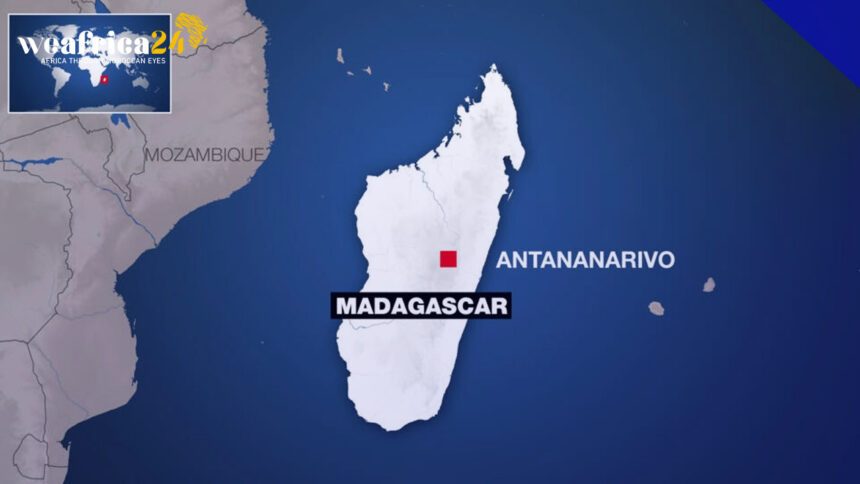Cyclone Gamane made landfall on the northern tip of Madagascar on Wednesday, March 27th, leaving at least eleven people dead and over 7,000 others displaced, according to the National Bureau for Risk and Disaster Management (BNGRC). Among the recent cyclones to hit the island, Gamane proved to be particularly unpredictable.
At daybreak on March 27th, 2024, Tropical Cyclone Gamane struck the northern tip of Madagascar, bringing with it average winds of 150 km/h, gusts exceeding 210 km/h, and heavy rainfall. Downgraded to a severe tropical storm since Wednesday evening, the cyclonic system remains nearly stationary in this remote part of the country, slowing data collection efforts for the time being.
The latest report confirms 11 fatalities and 7,000 displaced individuals. As of Thursday morning, the northern regions of Diana and Sava remained under a red alert.
Of all the recent cyclones to hit Madagascar, Gamane has proven to be the most unpredictable. Just twelve hours before making landfall, Malagasy meteorological forecasts still indicated that it would merely graze the island. However, its trajectory shifted, causing it to strike the Vohemar district as early as 5:45 a.m. on Wednesday.
“We were somewhat surprised. But despite that, we were still well-prepared,” explained General Elack Andriakaja, Director-General of the BNGRC. “It’s rare to have a cyclone like this. When a system remains stationary in one place, it devastates all infrastructure. This leads to serious consequences for the population, especially flooding caused by the heavy rains accompanying the wind.”
Homes flooded, bridges and roads submerged, and land routes cut off: Gamane brought intense rainfall, compounding existing flooding from a week of heavy precipitation. Forecasts predict an additional 100 millimeters of rainfall in the next 24 hours. The BNGRC advises the population to remain indoors as much as possible and to follow instructions from local authorities.
The tropical storm is now moving at a speed of 9 kilometers per hour and is expected to exit into the Indian Ocean on Thursday afternoon via the Masoala Peninsula on the east coast, according to Malagasy meteorological forecasts.







